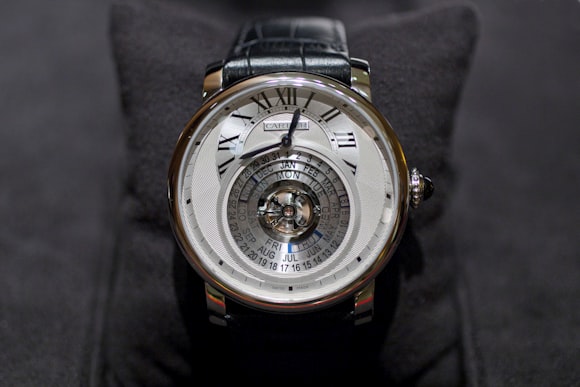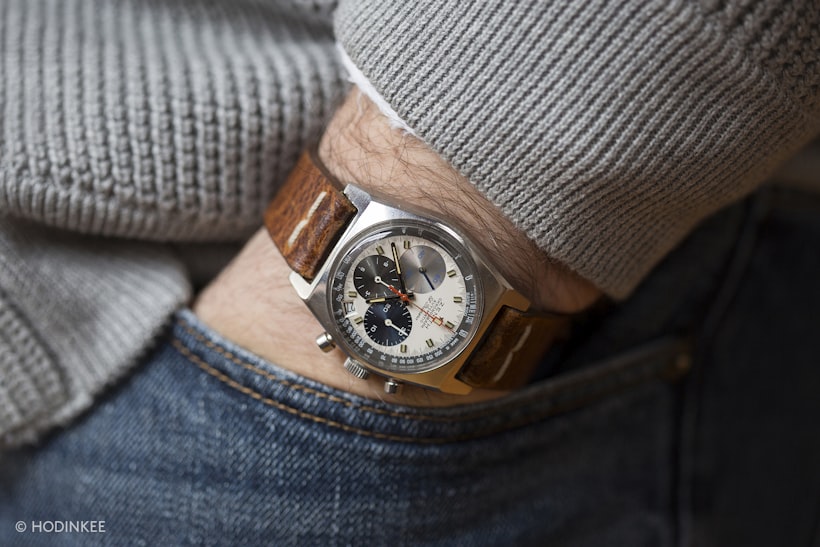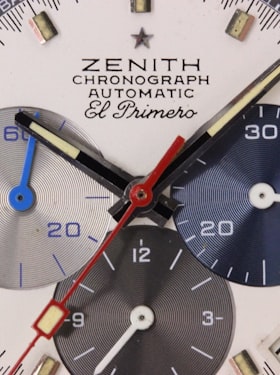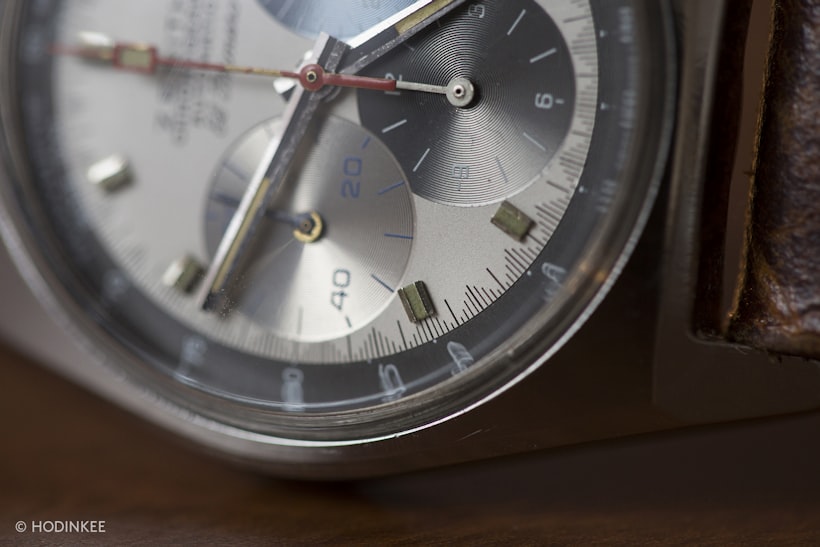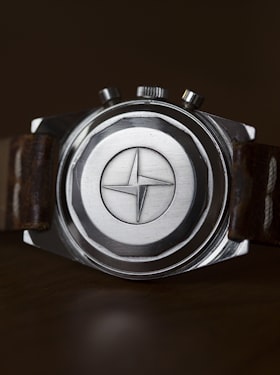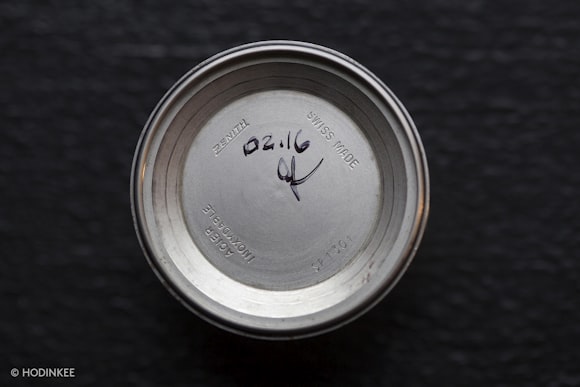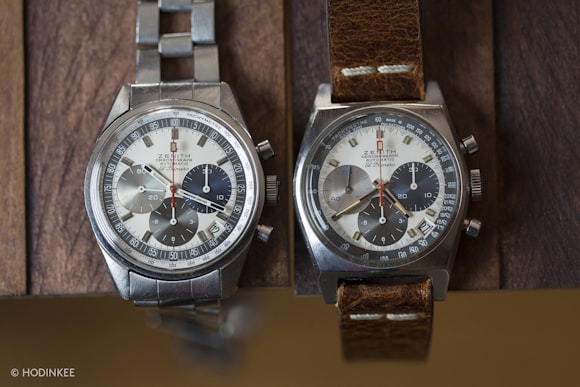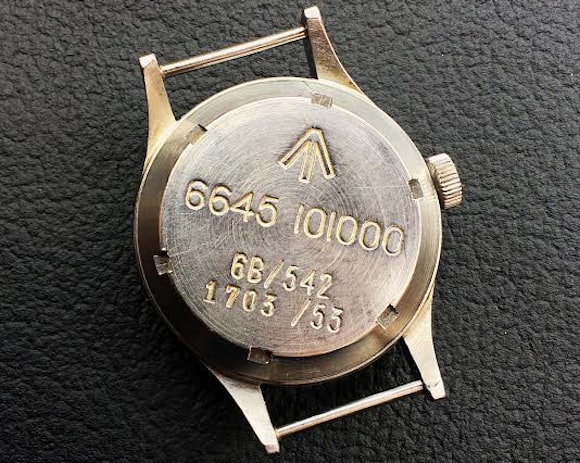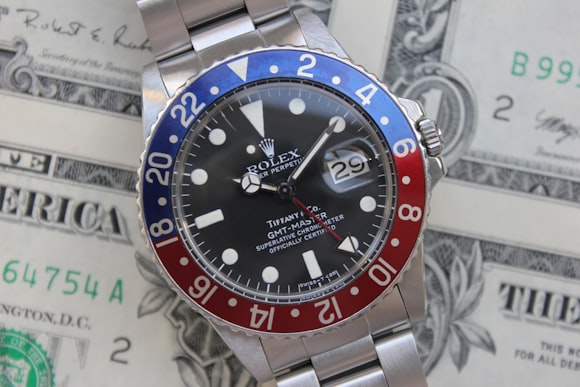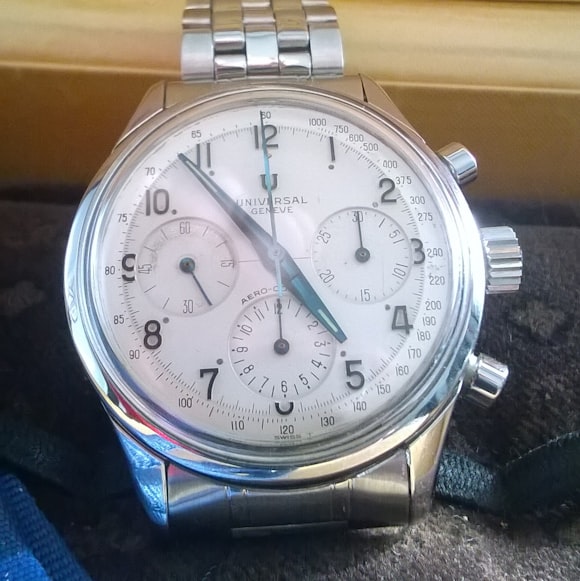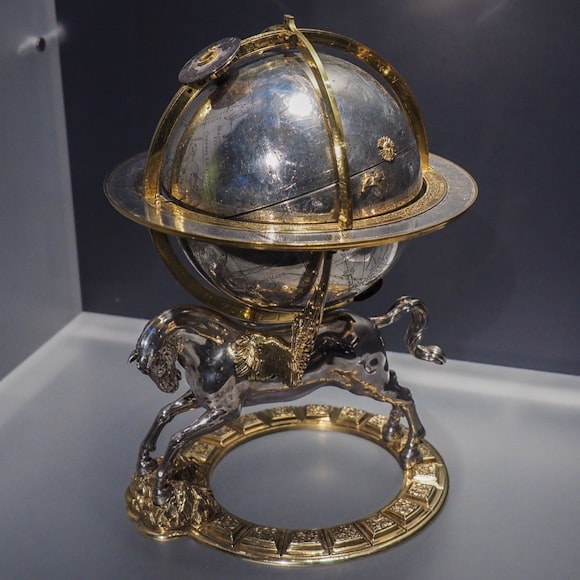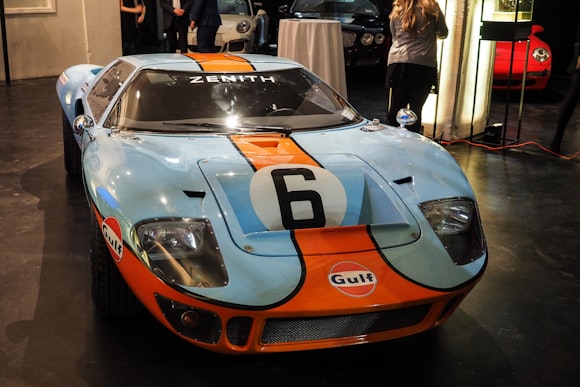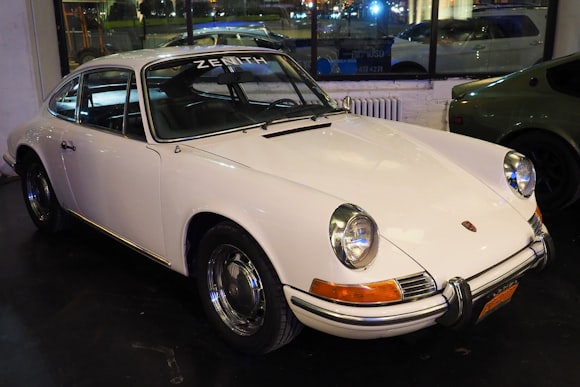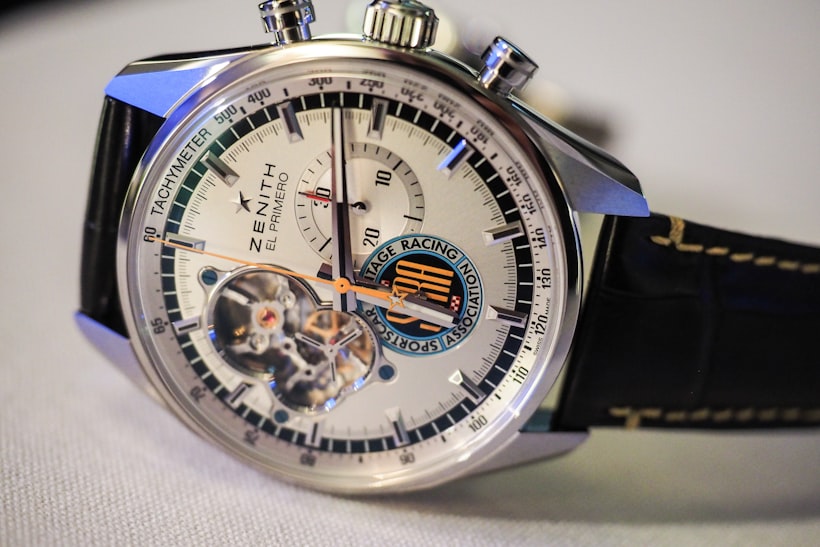The romantic notion of a handmade watch is one that doesn't stand very much exposure to the present world of watchmaking. For many decades, the overwhelming majority of components found in series produced watches have been produced by multi-axis milling machines, and if today you visit pretty much any watch manufactory from the smallest to the largest, you'll see that most parts are being made by computer controlled (CNC) machines. There are any number of practical reasons why this is so, of course (and in general, everyone has benefited, including consumers) but it's interesting to look back occasionally to watches made at a time when handmade meant just that – and when the skill of the hands doing the making was instantly visible. These two pocket watches, from Girard-Perregaux, represent the absolute acme of the art of watchmaking in the 19th century, and a range of manual skills that in some cases at least are for all intents and purposes extinct.
The two pocket watches we'll be looking at were both loaned to us for this story by the Girard-Perregaux Museum, which was opened in 1999 in the Villa Marguerite in La Chaux-de-Fonds. They come from a very early period in the history of the company – Girard-Perregaux & Cie. came into existence in 1856, as a consequence of the marriage of the watchmaker Constant Girard to Marie Perregaux, who was a member of a prominent family of watchmakers as well. The earliest of these two watches, a tourbillon under three bridges, dates from just four years after the founding of the company.

The first of these watches is a chronometer-grade pocket watch sold in 1890, through a retailer in Albany, New York: W. H. William & Son. It's a hunter-cased watch, no. 140890. The cover is engraved with the owner's initials, "JJC," but Girard-Perregaux's records are incomplete and it's not now known who the original owner was. That they were very well to do is obvious even from a cursory examination of the watch, however; this sort of very high grade, precision-oriented timepiece would have been, in 1890, very expensive.
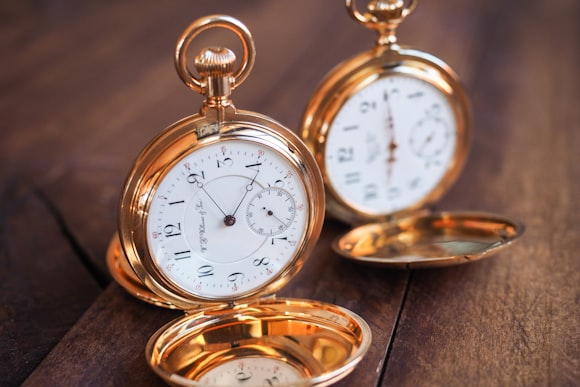
Press the button set into the crown, and the front cover springs open (the case spring in this 106-year-old watch still works very smartly). The retailer's name can be seen on the dial, and the double-sunk, hand-painted, fired enamel dial (which would have been standard for a fine gentleman's watch of the era) is immaculate. Such dials can look as beautiful as the day the watch was sold as long as the watch has been handled carefully, but it's not uncommon to sometimes see very fine hairline cracks in the dial (or worse if the watch has had an unlucky accident). The Breguet-style hands are fine in every sense of the word as well, and reflect both the essential conservativism of watchmaking as a craft, and the fact that by 1890 the making of precision timekeepers had reached a certain kind of technical peak.
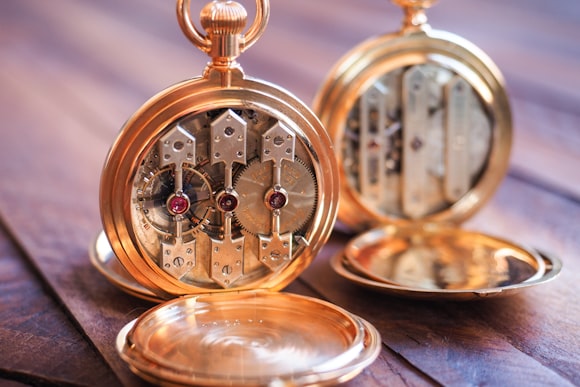
As is so often the case in high grade watches from the mid-to-late 19th century, the outer cover and dial, while luxurious, just pale completely in comparison with the movement – no show, and all go, you might say. This isn't a tourbillon watch, but it is one in which Girard-Perregaux uses its characteristic three bridge movement layout; in this watch, with the arrowhead-and-rod configuration seen in many modern Girard-Perregaux watches. The movement is constructed of brass, steel, jewels, and German silver (maillechort). The bridges (this shape was patented by Girard-Perregaux in 1884) are made of a somewhat more expensive material: platinum.
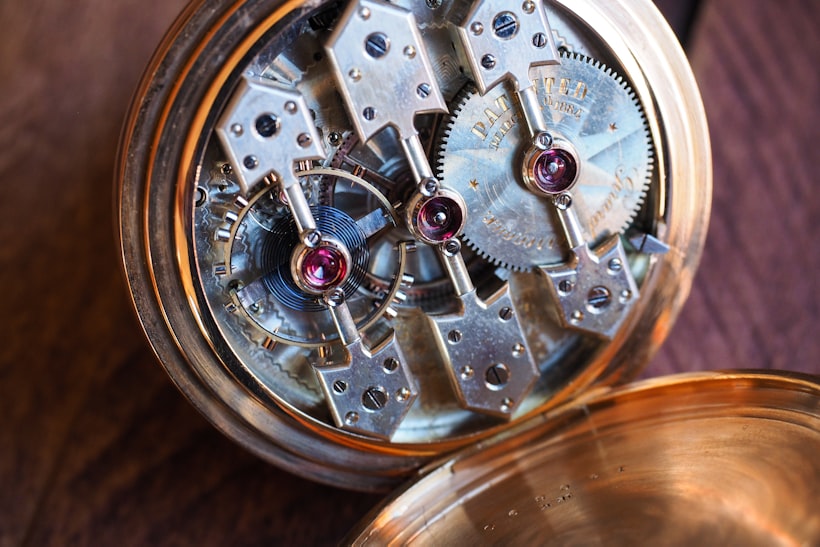
The movement is organized in a very straightforward and visually appealing fashion. It's worth mentioning, by the way, that by and large during the 19th century, Swiss watchmakers did not use a very wide range of movement layouts, and the whole idea of innovating in the shape and configuration of a movement's bridgework was one that a lot of the Swiss industry just wasn't interested in, as it had little to no effect on the actual precision of a watch. You can't help but feel, though, when you look at this watch, that the layout is so visually logical that it really underscores the maker's devotion to precision, and a collective emotional commitment to the quality of the work.
The mainspring is to the right, center wheel in the middle, and the very large diameter balance to the far left. Notice that as the power flows through the train, the diameter of the pivots goes down dramatically. The mainspring barrel pivot is pretty large as the amount of pressure exerted by the mainspring on its bearings is at its greatest at this point, with strength being the main priority. However, even seen from this distance, the balance pivots are all but invisible as here, side-load is almost non-existent, and reducing friction to an absolute minimum is the main goal.
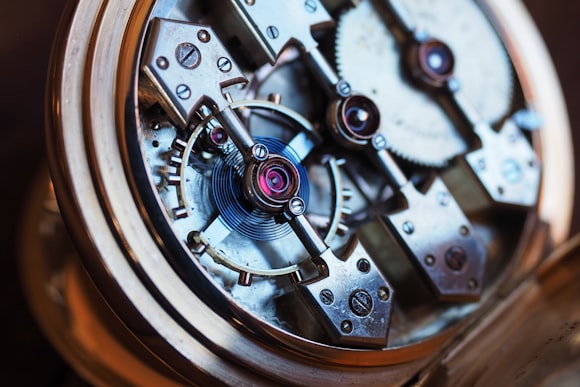
Above, we're looking at the heart of the watch: the balance and balance spring. Their materials, construction, and shape are extremely technically specific, and represent specific technical solutions to very old problems in watchmaking. The balance spring in a watch provides what's called the "restoring force" – in other words, it does the same thing for the balance that gravity does for a pendulum. You start to understand why a balance spring is essential to accuracy when you realize that the harder the gear train kicks the balance (via the escapement) the harder the balance spring pushes back: technically, we say that the restoring force is always proportional to the perturbing force. This means the balance frequency should be independent of power: a condition known as isochronism.
There are two reasons, however, that in reality the balance spring can never be perfectly isochronous: temperature, and gravity.

Temperature changes the elasticity of the steel from which the balance spring (traditionally tempered to a cornflower blue color) is made. What you need, therefore, is a way to change the amount of effective inertia of the balance so that as the spring loses elasticity (when it gets warmer) the balance loses effective inertia, and vice versa. Traditionally in watchmaking, this was done with what's called a compensating balance – so called because it compensates for the effects of temperature on the balance spring. A compensating balance is actually made by welding together two metals with different coefficients of expansion: typically, brass and steel. The balance is ring-shaped, but it's actually two semicircles, fixed to the arms of the balance at one end, and free to flex at the other. The balance arms move inward when it warms up, reducing the effective inertia of the balance (the usual analogy is to a figure skater drawing their arms inward to increase their speed of rotation) when the elasticity of the spring is reduced, and vice versa.
The screws on the balance are actually there for two purposes: first, for poising the balance (that is, to compensate for any tiny heavy or light spots along the rim) and second, for regulating the watch, or adjusting its frequency. You can do this with a regulator that uses a sweeping index and two index pins to change the effective length of the balance spring (as is done in most watches today) but the purer approach is to not use a regulator, which interferes with the free motion of the spring and compromises it as an oscillator component. Instead, you just use mean-time screws on the balance.
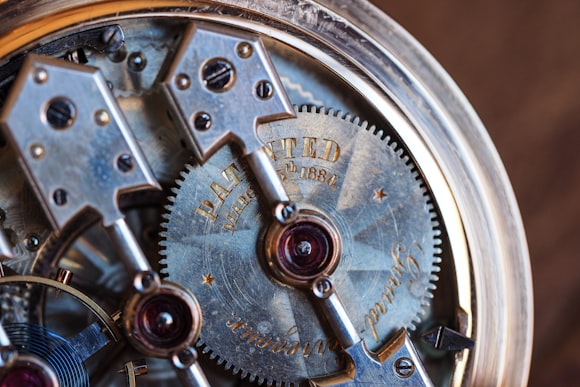
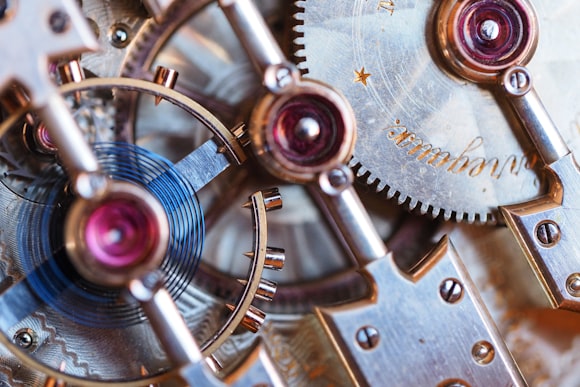
This whole process requires an absolutely tremendous amount of time and skill. In 1890 it would have gone something like this.
First, you have to make the balance itself. Then you make the spring, which has to be of the correct length, temper, and strength. You then poise the balance statically: you make sure there are no light or heavy spots, and you compensate for light or heavy spots through a painstaking process of either adding tiny washers under the poising screws, or removing metal from their undersides, until the balance is perfectly poised (you'd do this by putting the balance on its pivots on two knife edges made of ruby or agate and seeing if it rolled at all). Then you manually pin the spring to the balance and begin adjusting to temperature. You do this by heating and cooling the watch and making observations of its rate over a period of many days, and you adjust the degree of temperature compensation by moving screws closer to, or further from, the cuts in the balance. Needless to say, this can mess up the poise of the balance so you have to be able to adjust one thing without disturbing another. You also need to adjust the balance to positions: crown up, right, left, down, and in the flat positions (dial up and down), which may involve anything from shifting the position of the screws, making minute adjustments in the inner and/or outer attachment points of the balance spring, making near-invisible changes to the shape of the balance pivots, and so on.
Now consider that this was all done by hand and eye, largely with simple hand tools, and that it took years of training to be able to do this work, and weeks for each watch, and you begin to understand why a good watch in 1890 was expensive. The skills needed to do this sort of work could probably be reconstructed if you really wanted to and were awfully stubborn, but there's no company left that I'm aware of that would even consider bothering – and yet, it was for many decades absolutely indispensable to achieving real accuracy and rate stability. (Though the ability to make a bimetallic balance hasn't totally vanished.)
If you're going to do this sort of work it probably helps if you lead an extremely regular and deliberately uninteresting life, which helps explain how watchmaking took hold so well in Switzerland.
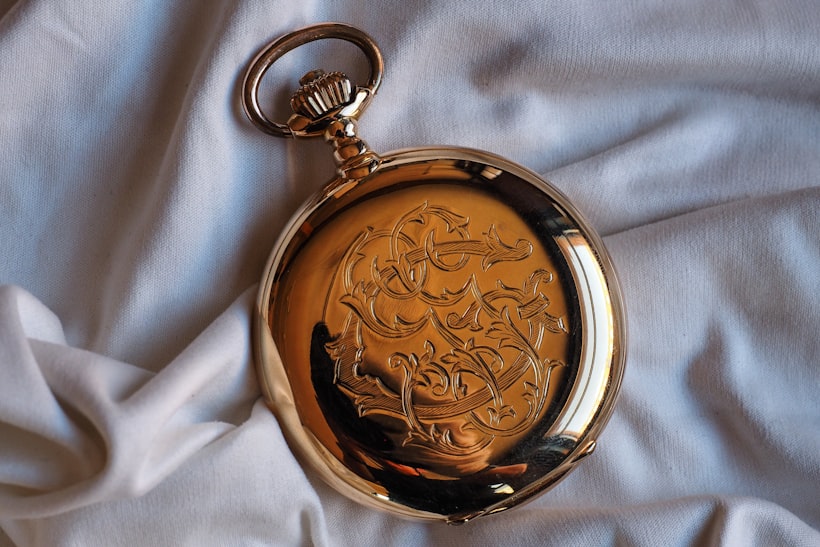
The 1890 pocket watch is a very hard act to follow but fortunately the next watch we have is in every way just as interesting (to put it mildly). This is one of the very, very first three-bridge tourbillons from Girard-Perregaux. As with the "JJC" pocket watch, we unfortunately don't know the identity of the original owner though his initials are on the cover: JCG. The name of the retailer is on the dial: a Spanish dealer, named Hermann Piaget, whom we are told by Girard-Perregaux museum director Willy Schweitzer was located in Cordoba.

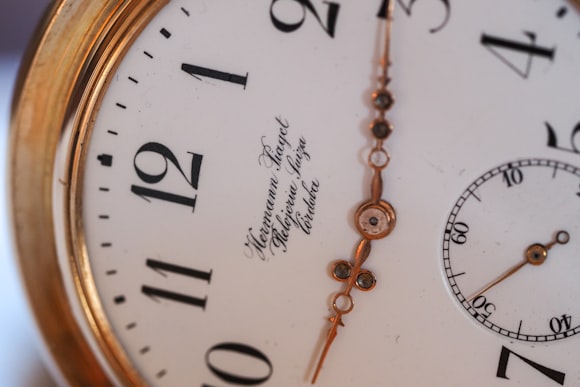
The hands are actually slightly more ornate in this watch from 1860 and as you can see, the quality of the work is again very high. 1860 was an interesting time in European watchmaking. Around the end of the 18th century and beginning of the 19th was when precision portable timekeepers really started to become more practical and more ubiquitous. As you go back further, there's a tendency for watches to be just as important, if not more important, as examples of mechanical ingenuity and as display objects for wealth and status. This tourbillon pocket watch straddles that divide and you can still see a hint of the ornateness of earlier portable horology in the flourishes of decoration in the hands.

Opening the back reveals something wonderful to see: one of the very first three-bridge tourbillons made by Constant Girard. The patent for the three-bridge configuration shown in the first pocket watch we looked at was granted in 1884 but various forms of this layout go back quite a few years earlier. Records are poor from that era, but about 21 tourbillon pocket watches with three golden bridges are thought to have been made between 1860 and 1911, and the GP Museum estimates that more than 50 pocket tourbillons were made in all before production stopped in 1911.
It's also interesting to reflect that when this tourbillon was made, in 1860, it had only been 59 years since Breguet's patent, and tourbillon watches were still among the rarest, most difficult to make, and most expensive watches in the world.
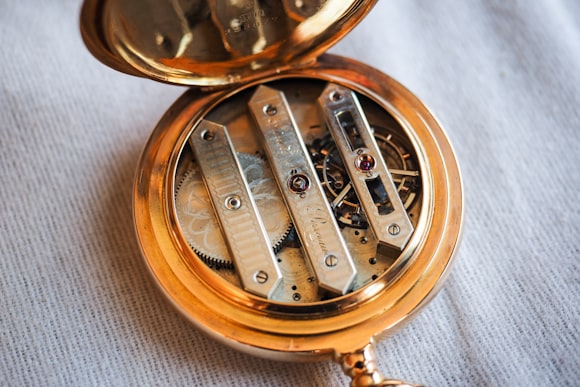
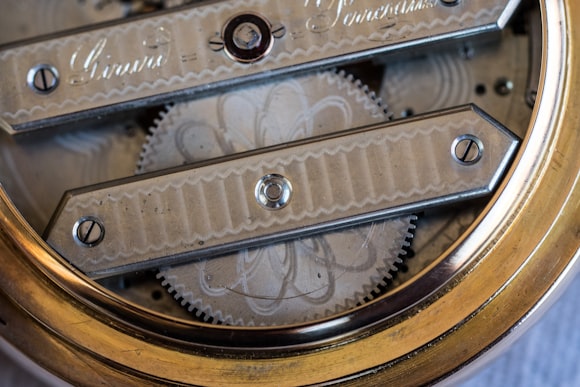
Let's talk about the tourbillon for a minute. We mentioned the effect of gravity on a balance and spring earlier. One of the basic issues in using a balance spring is that it doesn't just have rotational force, it also tends, as it "breathes," to push the balance slightly sideways as well. This forces the side of the balance pivots against their bearings – now it's a very slight effect, but when you're talking about variations of a second or two per day it doesn't take much. The extra friction can take away from isochronism, and it also means that how fast or slow a watch runs depends on what physical position it's in. You can reduce the effect of gravity by shaping the balance spring's inner and outer ends so the sideways force is minimized – that was why the Breguet and Phillips overcoils were developed – but what you'd really like is for the watch to never spend too much time in any position.
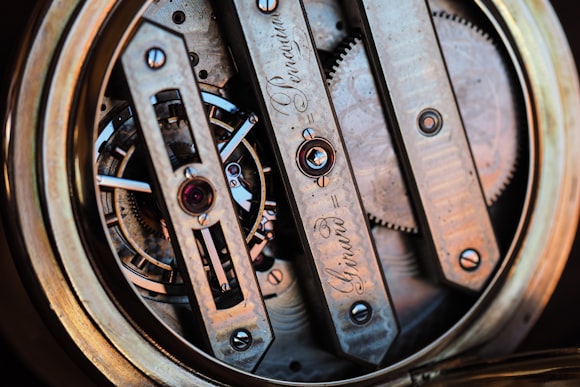
Hence, the tourbillon. The tourbillon puts the parts most affected by gravity inside a rotating cage, and when the watch is in the pocket during the day, you get (theoretically anyway) a single, average rate for all vertical positions. When a watch is flat, there's less side friction on the pivots, so it usually runs slightly slower in a flat position (this is because with less friction, amplitude is a bit bigger and it takes longer to complete each oscillation). Now if you're a watchmaker, this means that instead of having to rate the watch in six positions and adjust it accordingly, you just have to flatten the balance pivot tips a little. This makes for a tiny bit extra friction in the flat positions, and if you do it right, your flat positions now exactly match your vertical positions and you should ("theoretically," as George Daniels reminds us in Watchmaking) have a perfect timekeeper. Use an escapement that doesn't need oiling, like a chronometer detent escapement, and you should have a watch with a rate that never varies.

This watch would have been the ultimate expression of the art of portable horology in its time: a tourbillon pocket watch, with chronometer detent escapement, self-compensating balance, and overcoil balance spring. There are other things you could include – a constant force device like a remontoire d'egalité or a fusée and chain, for instance, and in an English-made watch you'd have been likelier to find the latter – but in general this was about as high as the state-of-the-horological-art got. Of course, such a watch would have required enormous care in handling. If you look at the picture above, you'll notice that you can just barely make out the upper pivot of the tourbillon cage sitting in its jewel. Aside from the fact that we really ought to be marveling at the thought of someone turning hardened steel that finely, by hand, on a lathe powered by human muscle, we should also note that very hard steel of this sort can be brittle, and moreover, that the entire mass of the cage, balance, balance spring, and escapement are resting on that little sliver of metal. A tourbillon's extra mass consumes a lot of power, so reducing friction is even more important here than in an ordinary watch, but that pivot is incredibly fragile and dropping this watch even an inch onto a hard tabletop might be enough to bend or break it (if you were a watchmaker in those days, you probably spent a lot of time turning new balance staffs).

There is a real poetry to this sort of watchmaking: the ability to create a watch, in this time period, meant understanding theoretically and practically how to create a perfect balance between the effects of gravity, temperature, and friction in a portable mechanical device. The whole process of making a watch in this way involved a whole range of skills that have today been basically lost, forgotten, or fallen into obscurity; nobody needs to know how to adjust temperature compensation in a bi-metallic balance without messing up its poise or regulation anymore, and to re-create such a watch nowadays would be so horrendously expensive I hate to think about it.
One of the single biggest changes in watchmaking was the invention of nickel-steel alloys in the 1920s that were dramatically less affected by temperature, and which led to things like Nivarox-type balance springs, and eventually to silicon. Such alloys begin the process of changing watchmaking from a matter of craft to an industry dominated by metallurgy in particular, and materials science in general.
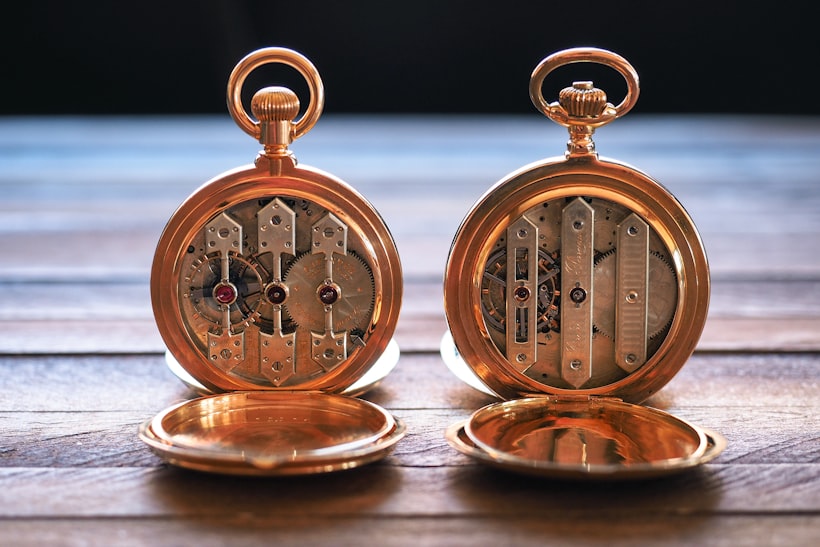
But the craft these Girard-Perregaux watches represent is incredibly different, in both degree and kind, from watchmaking as it's practiced today. It represented, for the men and women who practiced it, an almost religious devotion to a kind of vision of mechanics and what it meant, and the watches they made had to be made to live in harmony with the changing world around them through careful observation and skill. It's worth understanding what actually went into making watches like this, because we can better understand what the pursuit of accuracy once involved – and because it connects us across centuries to the largely forgotten people who practiced these forgotten crafts, and to how their hands and minds are present to this day in their creations.
HODINKEE would like to sincerely thank the Girard-Perregaux Museum for the opportunity to photograph these watches, and for their assistance in the preparation of this article.
Visit Girard-Perregaux online right here.
For a very unusual take on the Three Bridge Tourbillon, check out our coverage of the titanium bridge Neo-Tourbillon here, from Baselworld 2014.
Don't have the HODINKEE App yet? Get years of amazing watch content plus new stories, breaking news, and access to great new features like HODINKEE Live, free on iOS.










